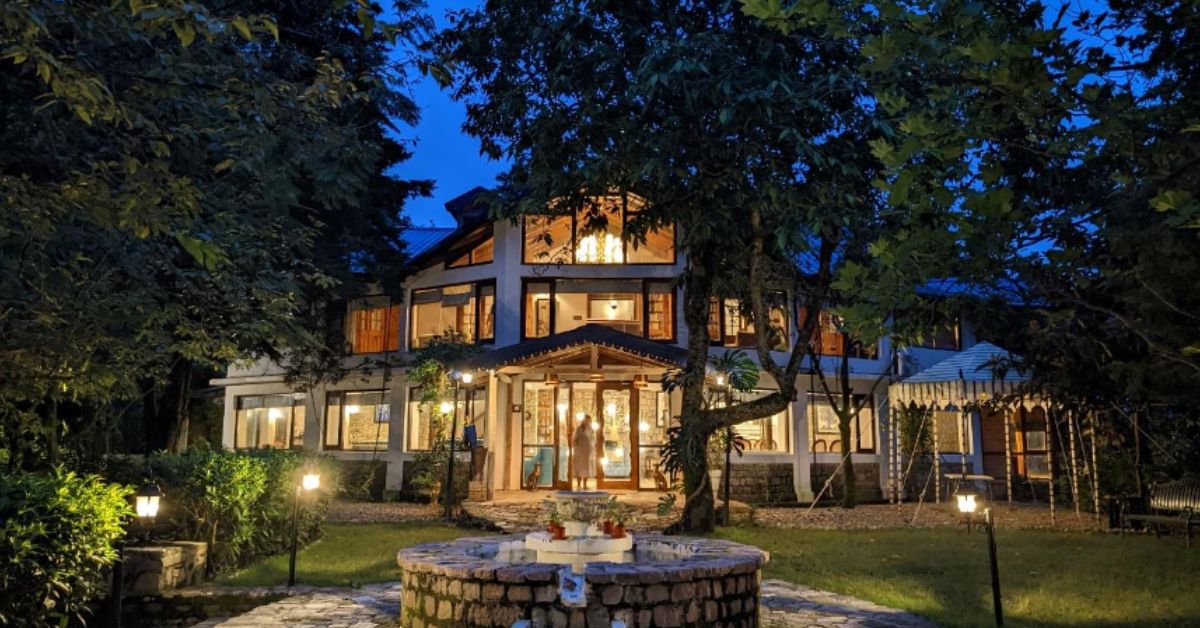
This article is created by The Better India and sponsored by WingifyEarth
Take a look inside the Blue Book, a Victorian-era heritage bungalow that Delhi resident Shrey Gupta has turned into a sustainable stay, that is both a notable example of eco-friendly practices as well as a glimpse into 130 years ago.
Sustainability is the hallmark of the Blue Book, a 130-year-old colonial-era structure overlooking the gorgeous Jeolikote valley in Uttarakhand. Built by Madame Durelle, a British woman who settled here, this haven has served many looking to escape polluted cities and find respite.
The campus has been divided into two halves. The old wing is from the 1890s, when Madame Durell lived here, and retains its old-world charm with Victorian style furniture, textures, and upholstery.
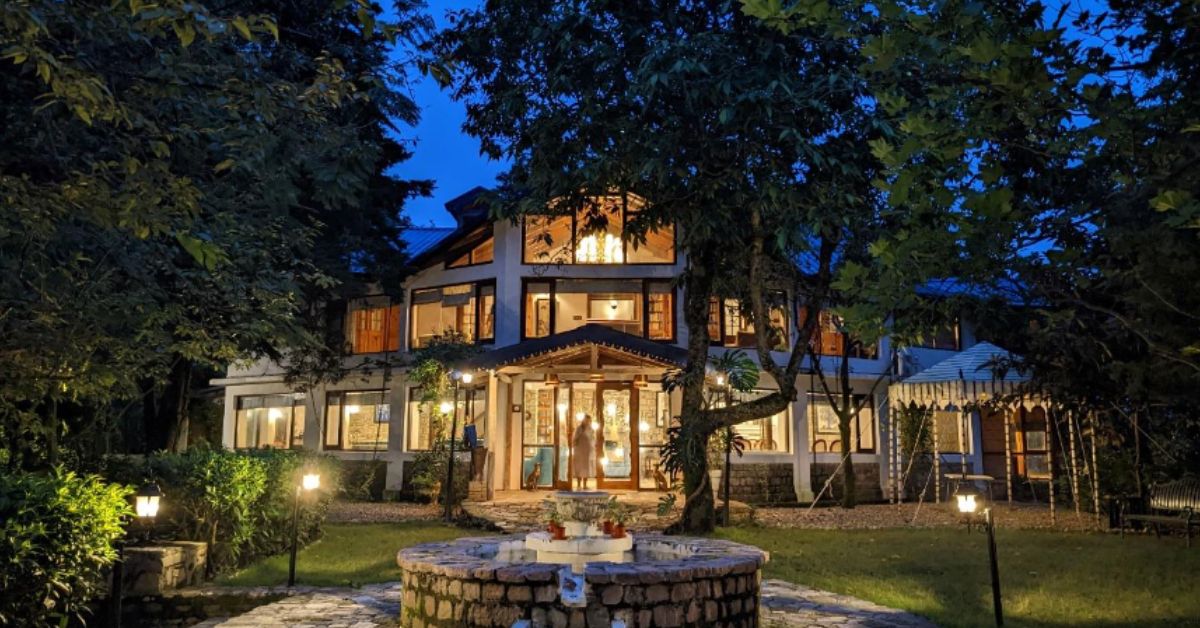
Sustainability is the hallmark of the Blue Book, a 130-year-old colonial-era structure.
In an interview with Conde Nast, Shrey Gupta, founder, explains, “We sourced from all over the country — the upholstery comes from Panipat, crockery from Gujarat, brass work from Moradabad, and we got the furniture made in Kirti Nagar in Delhi.” says Gupta.
The second half houses the new wing with 20th century design work, where each room has been labelled a ‘chapter’ and houses several guests and visitors.
“Initially in 1890, the bungalow only had a ground floor, and the first floor had been constructed by the owners who bought it from Madame Durell’s grandkids. We were careful while restoring the ground floor ceiling and used teak wood to maintain the original look while preserving the stone walls. While we did not use the same furniture from that era, we ensured there was a consistency in style,” he explains.
The property boasts of a 200 sq-ft organic garden blooming with herbs, lemons, and more that are often used in the food served here. The bird baths here attract around 60 species, and the entire campus has replaced plastic with glass, wood, and metals.
The usual buffet system and the idea of a set menu aim to reduce food wastage, no single-use plastic is used here, and the garbage is segregated into wet and dry — the former is recycled, and the latter is composted and used as manure in the garden.
Toiletries like toothbrushes, combs, and razors have been made with bamboo, and items like skin and hair care products imbibe the qualities of Ayurveda, while claiming to be paraben and sulfate-free.
‘Exclusive experience and inclusive growth’
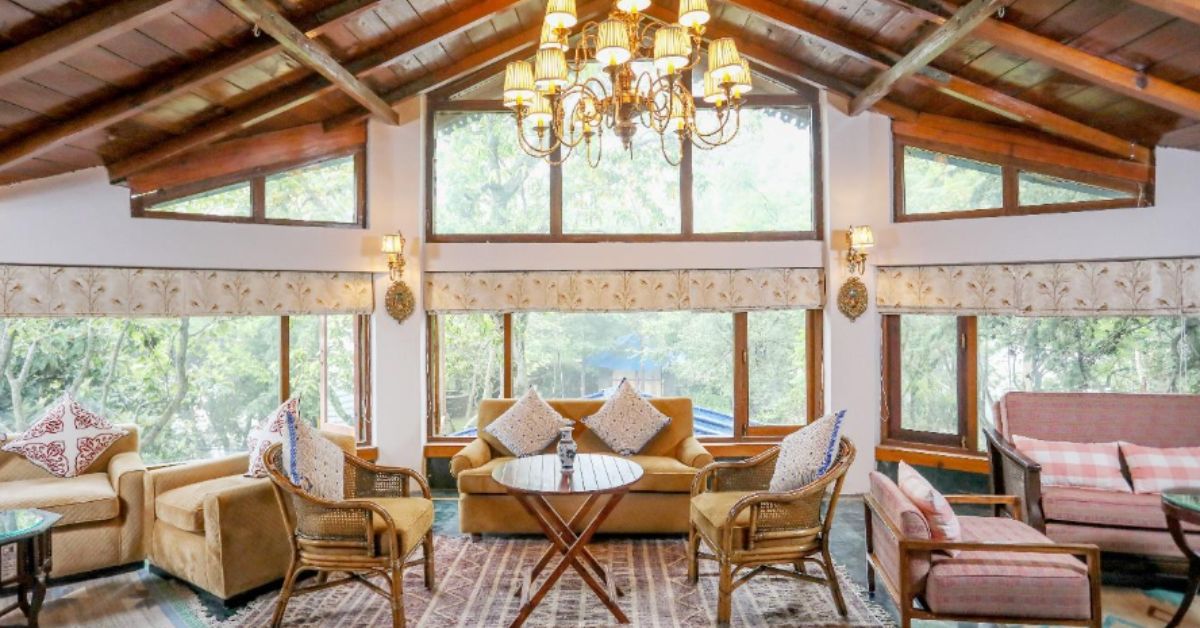
No single-use plastic is used here.
The guests at Blue Book, too, are involved intricately in sustainability experiences, which are curated according to individual tastes and preferences. But a common experience is the guided trek to the local village, where visitors interact with the locals and learn the stories of the hills and knowledge of the old.
Another crucial part of the itinerary is a visit to local small businesses such as Kumaoni Farm Café and Muskotia Farm, which offer authentic Kumaoni cuisine.
“We are taking one step forward to set a new standard to conscious luxury — inclusive growth for the local community. Safe garbage disposal, sewage treatment, sharing our water with the village, helping the local government school and understanding the local medical infrastructure are some of the first steps I have taken in my last three months of living in the Gethia village. This is just the beginning to a long journey of making a difference.”
Shrey notes that another aim of the Blue Book is to employ the local population. For example, they hired a local confectioner from a nearby village to cook traditional Kumaoni lunches that include dishes like pahadi mutton and paneer (cottage cheese), bhatt ki churkani daal (black soya bean curry), laai palak ki sabji (local spinach delicacy), bhang ki chutney (hemp seed chutney), and mandua ki roti (finger millet flatbread), which are some of the dishes served here.
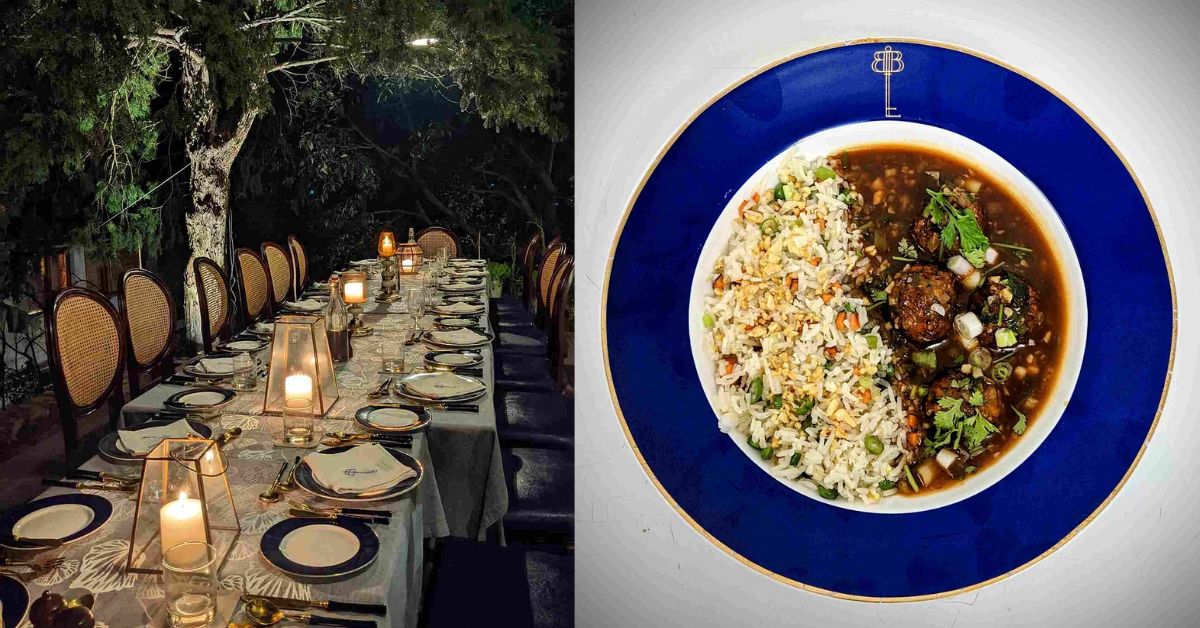
The usual buffet system and the idea of a set menu aim to reduce food wastage.
“Every meal is set up at a different spot,” explains Shrey. “While one may be a candlelight dinner at the poolside, another is under the gazebo, while a third may be at another place,” he says, adding that these are “disruptions” he wanted to bring about in the hotel industry.
Speaking about his bid to employ locals, he notes, “We do what we can to help them. In summer the place experiences water problems, so I cooperate with the sarpanch (village head) and we share water with the villagers.”
And so the Blue Book becomes not only a notable study in how sustainable practices can transform tourism, but also a glimpse into the past — 130 years ago, to be precise. Shrey also notes, “At the core of Blue Book lies my utmost belief of ‘exclusive experience and inclusive growth’.”

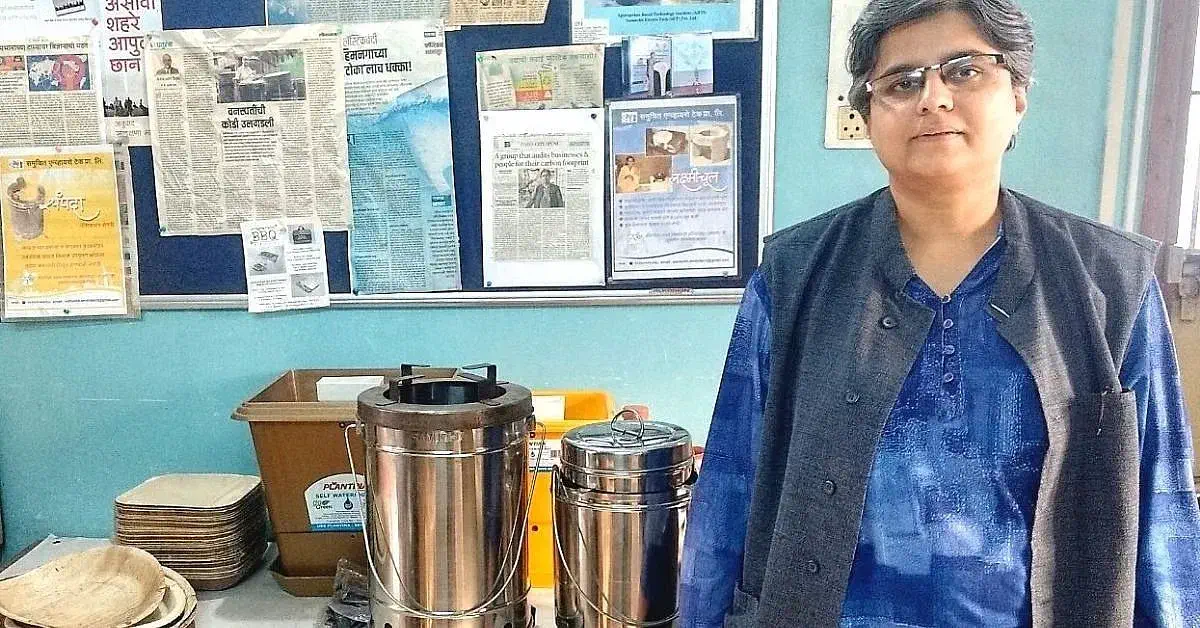
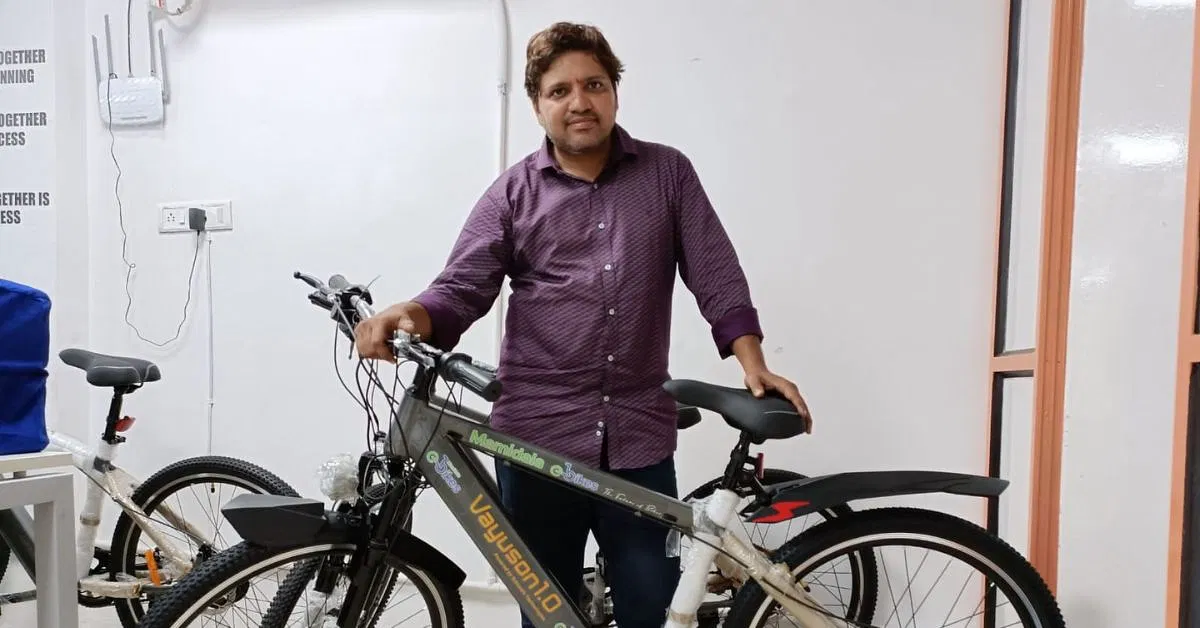
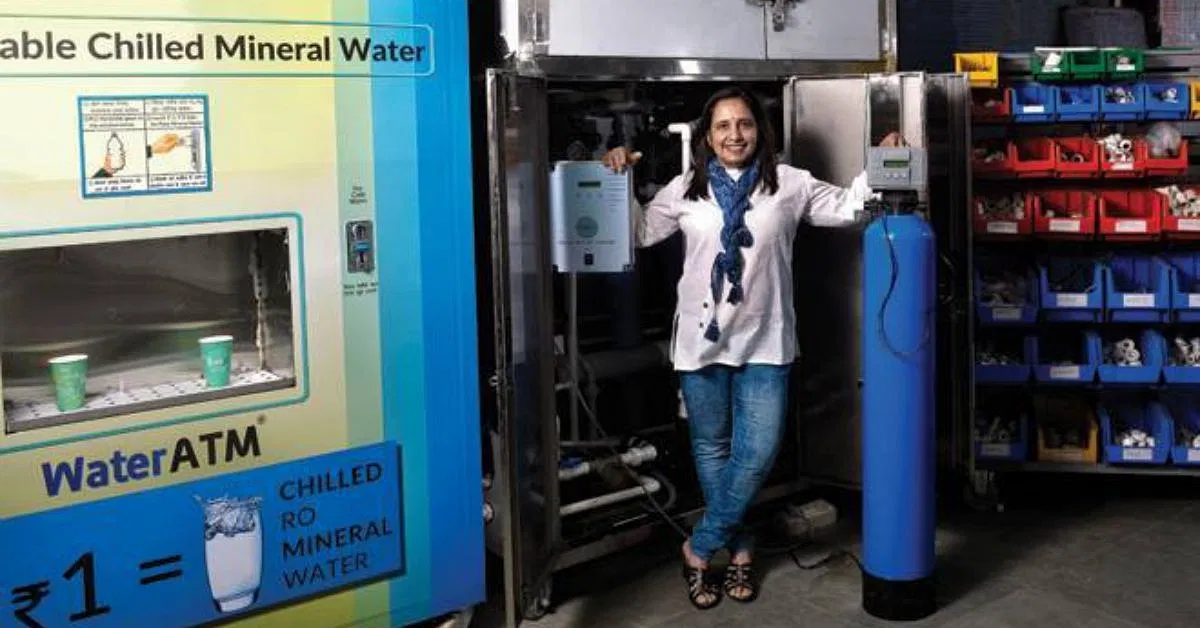
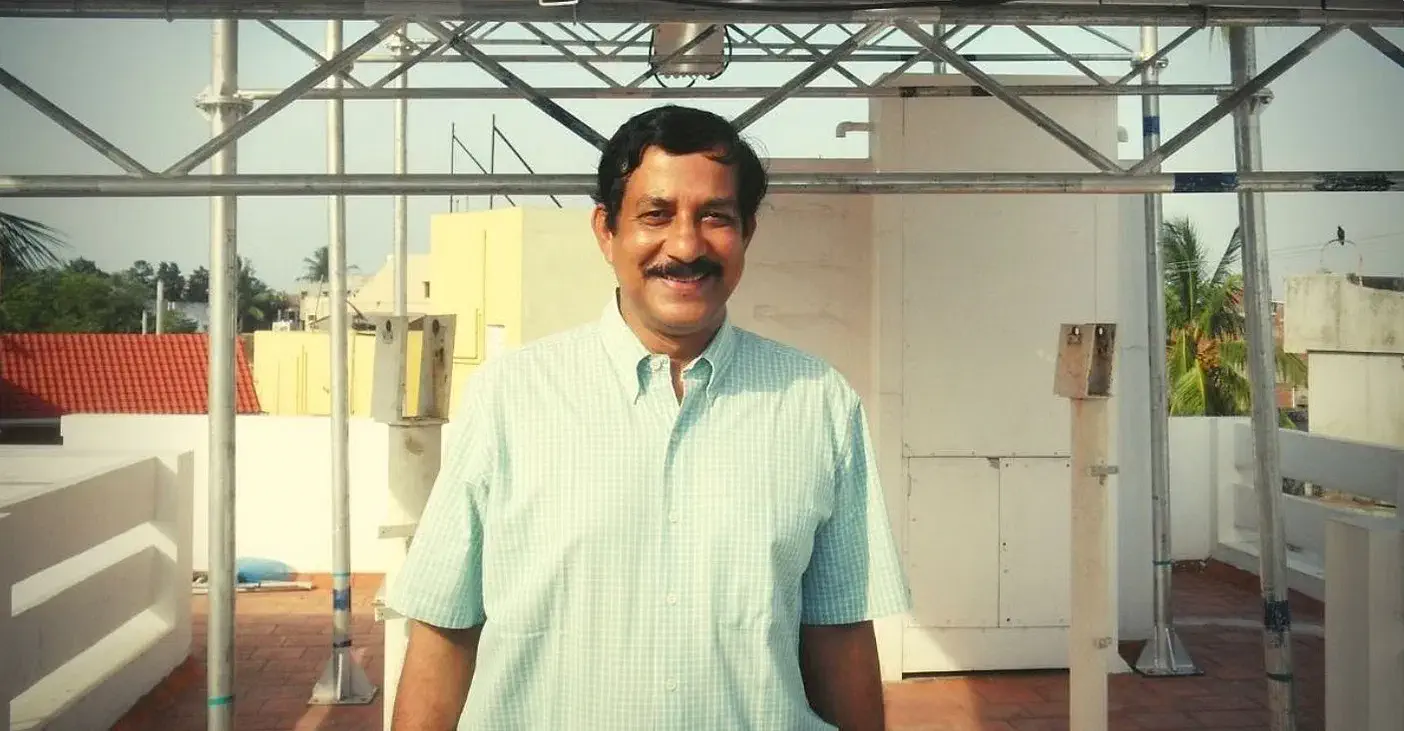
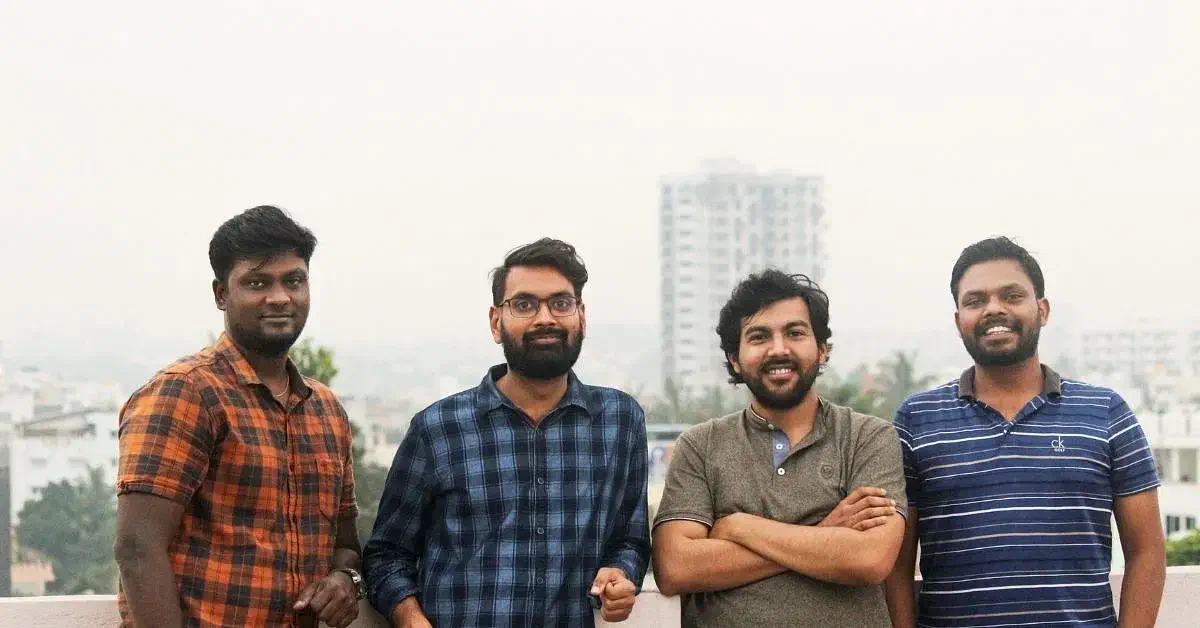
Leave A Comment
Your email address will not be published. Required fields are marked.